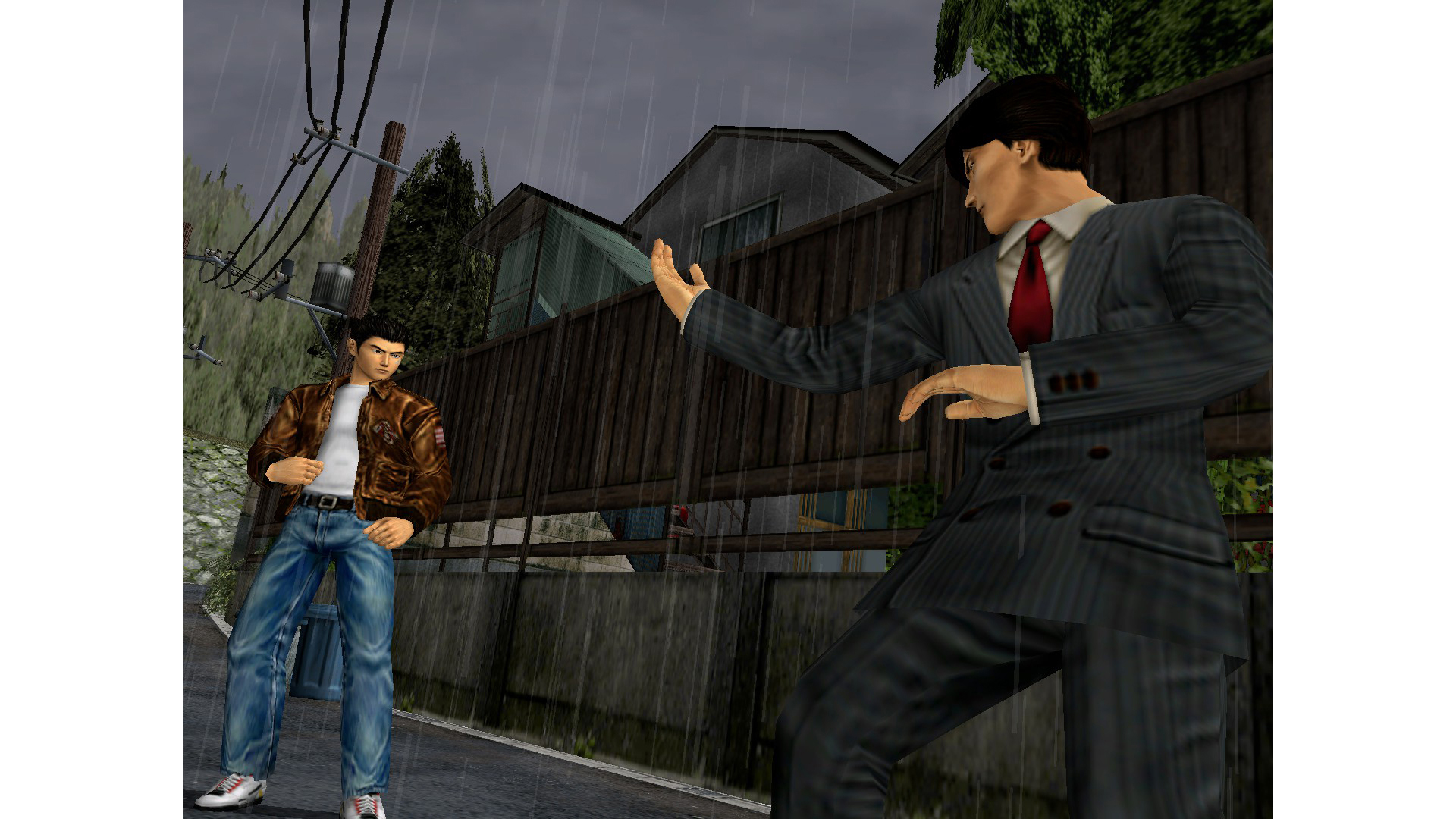

While moving through the story, you’ll get a lead on some information and then be told to return at 2 pm the next day. While all this attention to detail in world building is nice, Shenmue really has no respect for the player’s time. Where things start to crumble, though, is with the pacing. I mean, what other game can you go into your room and open the sock drawer to find actual socks? If Shenmue were made today by the same triple-A studio, it would likely have waypoints and be a completely guided tour. It made me nostalgic for an era I was never a part of (1980’s Japan) and it showed me how much we take for granted in modern game design. It honestly rivals the work that Bethesda did with Morrowind a few years later.īy the end, I came to really love the humble town of Yokosuka. That a game captures that feeling so well is remarkable, especially for a title that came out in 1999. I’ve done similar things in my own life, be it learning a college campus, or exploring cities around the USA. This is all done so organically that it never feels tedious. You need to talk to people, learn information, check a local map directory from the street and memorize the locations you’re trekking through. You won’t be able to just pull up a map, mark locations or check store names on the fly. That’s all down to how Shenmue requires you to make progress. I don’t think I’ve ever been as connected to an environment of a game like I have become to Ryo’s hometown. You also have a curfew that prevents you from staying out too late, which can be a real pain in the ass.Īt least the world building Shenmue has is still quite a feat in this day and age. People walk around the town of Yokosuka with their own schedules and you’ll need to manage your time to make sure you can enter stores before they close. Even after just half an hour of playing, I get the feeling that Yu Suzuki’s intention with Shenmue wasn’t to make a martial arts epic, but a reality simulator. This means walking around your town of Yokosuka, Japan and asking people if they noticed anything about a black car on “that” day.Īfter talking with enough people, you’ll start to get more clues about citizens that can help you and it begins to feel more like a point-and-click adventure game. You only have a few clues to go off of and need to piece things together with detective work. Instead of thrusting you directly into anything resembling action, Shenmue’s story is an incredibly slow burn. Or at least, that is what would happen if this were a story with any kind of momentum. After recovering for a few days, Ryo decides to set off on a quest for revenge and the plot begins. As Ryo sits there in anguish, Lan Di mutters something about pieces of a sacred mirror and then takes off. The game opens with a mysterious man named Lan Di entering the Hazuki Dojo and murdering Iwao Hazuki, father of protagonist Ryo Hazuki. If you were to boil Shenmue down to its most basic elements, it would be that of a kung fu revenge story. This game is definitely not for everyone, but it does still have its charm. While I don’t expect anyone already in love to agree with me, those brand new to the series, like me, will likely find interesting concepts that are marred by poor execution.

Even the story, while epic in scope, has been perfected by other games. While one can still have fun revisiting Yokosuka and playing many rounds of “Lucky Hit,” there isn’t a single idea present that hasn’t been done better somewhere else. When compared against modern games, though, Shenmue fails to live up.

Still, I can definitely see why people fell in love with it and have heralded it as Yu Suzuki’s crowning achievement. Combining elements that we now take for granted, it was a truly groundbreaking title… in 1999. For nearly two decades now, Shenmue has been regarded as one of the defining moments in the Dreamcast’s history.


 0 kommentar(er)
0 kommentar(er)
